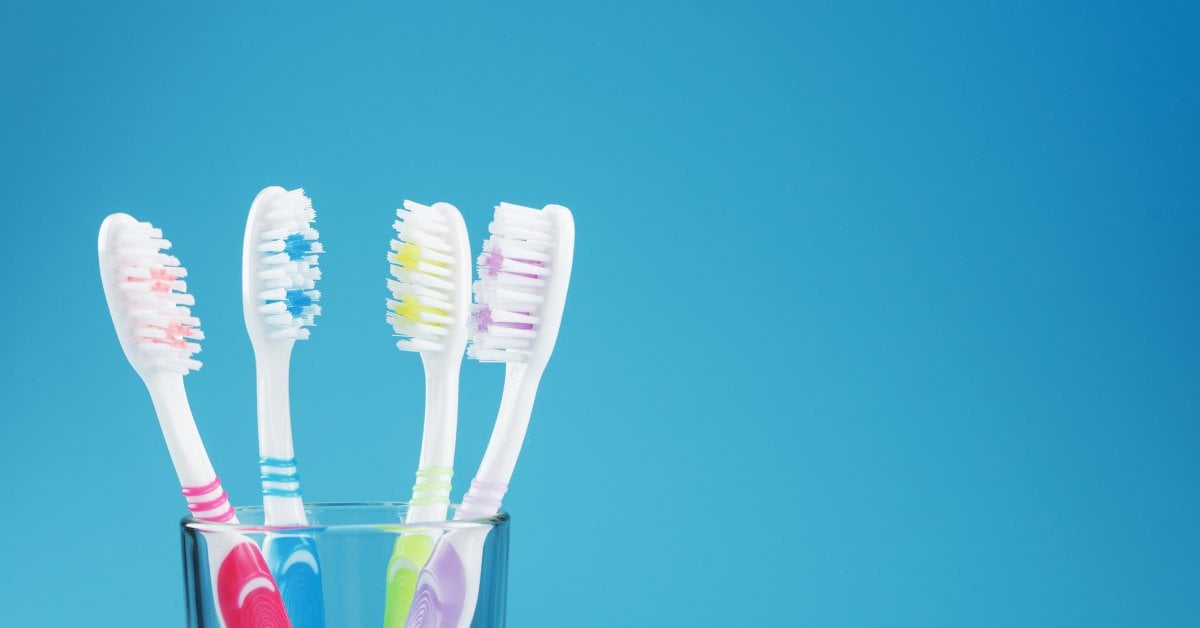
Forget about public restrooms: It turns out your own bathroom is teeming with viruses.
Researchers at Northwestern University studied two things that most people use everyday—their toothbrush and showerhead—to see what was living in each.
What they found was “quite surprising,” says Erica Hartmann, an associate professor of civil and environmental engineering at Northwestern who led the study that focused on identifying virus species lurking in the bathroom. Most unexpected, she adds, was “how little we could identify that looked like something we had seen before. We found an incredible amount of diversity, which highlights how little we know and how much more we have to explore and discover.”
[time-brightcove not-tgx=”true”]But before you throw out your toothbrush or take apart your shower, keep in mind that the vast majority of viruses Hartmann and her team found were specific species known as bacteriophages, or viruses that almost exclusively infect bacterial cells and not human ones. Scientists have known about phages for nearly a century, but only recently developed the tools needed to identify and study them in more detail.
“We know so little about phages,” says Hartmann, who published her findings Oct. 9 in the journal Frontiers in Microbiomes. “But understanding them and expanding our horizons in microbiology could have profound implications elsewhere.”
Read More: How Much Do You Actually Need to Shower?
Researchers, scientists, and drug developers already exploit phages and their ability to infect bacteria to better understand and deliver compounds that might kill certain bacteria. Those efforts could lead to more effective antimicrobial options that don’t involve antibiotics, against which bacteria can develop resistance quickly. “Phages are super fascinating and represent what I call the next frontier in biology or microbiology,” says Hartmann.
The study was inspired by a previous one in which she and her team catalogued the bacteria found in bathrooms after people expressed concerns about whether bacteria spewed into the air every time they flushed their toilet, potentially contaminating their toothbrushes. In that study, Hartmann’s team concluded the fear was unfounded, since most of the bacteria they identified were strains that originated in people’s mouths. This time, they turned their attention to viruses—and found the universe of phages.
The good news is that since phages don’t infect human cells, “I don’t think anything in our results gives reason to be concerned,” says Hartmann. “There is absolutely nothing to worry about, so there is no reason to throw out your toothbrush because of this.”
What the findings do reveal, however, is that there is a world of phages ripe for exploration. “Even identifying the ones on toothbrushes and showerheads expands what we know about phage biology and can help us explain why phage therapies do or don’t work in different contexts,” she says. “And the more we learn, the better that will inform things in phage-based therapeutics.”
Read More: Reading This Will Make You Want to Floss
The diversity of what the researchers found—no two toothbrushes or two showerheads harbored the same population of phages—bodes well for the vast catalogue of phages that might become the foundation for new treatments. The findings also broaden our understanding of the range of effects that microbes can have on humans, both good and bad. “We don’t know exactly which microbes we are exposed to and when, or how they promote health or well-being,” says Hartmann. “But in general, it’s important to look at the microbes around us with an air of wonder and curiosity rather than fear. If we can figure out what all of the microbes are doing, and how they are doing it, we can be more intentional about how we care for things like toothbrushes—and in turn, care for ourselves and our environments better.”





























